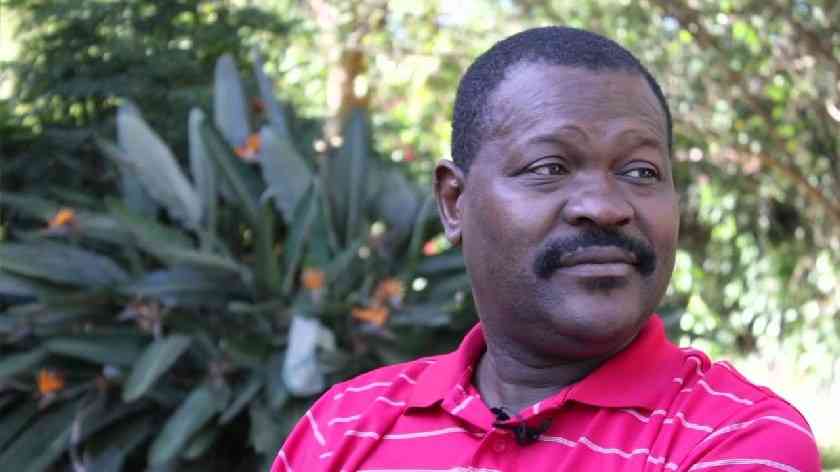
IN recent weeks there have been fierce debate, unverified proclamations, and arguments on social media and across other platforms about who founded or came up with the name Zimdancehall.
Zimdancehall is a subgenre of reggae/dancehall music in Zimbabwe. The traditional way of message delivery is through chanting. Zimdancehall became more popular after the fall of the urban grooves’ genre.
While such debates are important, one must guard against analysis paralysis at the expense of creation.
What this heated debate has brought into the public consciousness is what Zimbabweans both at home and in the diaspora feel about this genre which borrows a lot of its identity, beat, sounds, style, fashion and culture from the Jamaican dancehall which emerged around the 1970s in Kingston.
Of course, Jamaican dancehall emerged out of the now world-acclaimed and the United Nations Educational, Scientific and Cultural Organisation (Unesco) recognised reggae — officially designated as an “intangible cultural heritage” by Unesco in 2018.
Such designation means no one before, now or in future can lay claim to this quintessential sound of Jamaica and that it joins the list of “cultural traditions deemed worthy of protection and preservation”.
The debate over who originated the name Zimdancehall is necessary, but beyond that, we should be asking whether it is possible that one day Zimdancehall can be designated as an intangible cultural heritage of Zimbabwe worthy of protection and preservation?
If so, what will it take and what must happen within the wider Zimbabwean musical ecosystem for that to be so for this sound which everyone is laying claim to travel the globe as reggae has done.
- Uplifting ghetto youths is our priority: Gyver
- Winky D continues with regional dominance
- Film has potential of changing economy
- Edutainment mix: Indigenous knowledge in the aesthetics of art
Keep Reading
These questions are more urgent than a fruitless exercise in memory where different voices with multiple agendas will lay claim to this musical heritage, which has been the sound of Zimbabwe’s ghetto youths since it emerged.
The debate is certainly important in that it has brought attention to Zimdancehall as a genre which for a while had been labelled as “dead” or dormant, lacking the originality of the old guard who pushed it as much as they could — where now the new guard seem not to have the same zeal, talent, or passion which means it has stagnated and become somewhat irrelevant as alternative genres like Zim hip-hop have become more popular.
Just as there will be debates about who founded jazz or RnB music, or what is the difference between Afrobeat and Afrobeats or most recently the debates around which country between Nigeria and South Africa founded or pushed amapiano to become a globally recognised and appreciated sound — these debates may never be settled.
What must not happen is for creators to stop creating, innovators of sound stop innovating and purveyors of vibes stop doing their thing — the debates are important, but of greater importance is how these genres, sounds, beats, cultures can continue to evolve and what kind of support they need from government, corporates and others so that they can truly become what reggae is to Jamaica — the sound of a country and a generation!
Yes, in 2020 Unesco recognised Zimbabwe and Malawi’s art of crafting and playing mbira and thus putting it on the Representative List of the Intangible Cultural Heritage of Humanity.
A wonderful thing for the country, but beyond that, what have we as stakeholders and participants in the music ecosystem done to further develop this sound and ensure this sound and its crafting become the cornerstone of our musical heritage for now and in the future?
While a lot of good work has been done as evidenced by the recently convened Unesco and National Arts Council of Zimbabwe Indaba on the Digital Environment in the Music Sector in Zimbabwe.
However, much more needs to be done beyond endless “indabas” so that stakeholders and partners come together to make meaningful and tangible interventions to develop the music ecosystem in Zimbabwe.
A critical thing which this debate has laid bare is how as Africans and creatives in general, we are so poor at writing our stories, recording our histories, capturing our greatness for posterity because as the great Chinua Achebe rightly stated, “until the lions have their historians, tales of the hunt shall always glorify the hunter”.
Tonderai Chiyindiko, is a South Africa-based actor, arts writer, creative industries researcher and consultant. He holds a BA Hons Theatre Arts (UZ) and MA in Applied Drama (WITS). Tonderai founded and runs Artiate Africa, a creative industries research and consultancy company. He writes in his personal capacity.










